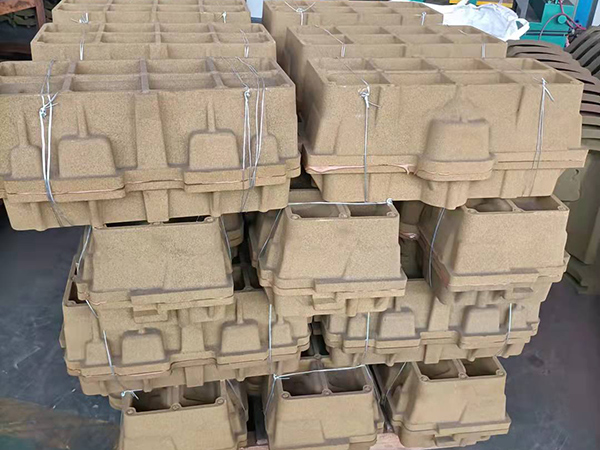Understanding the Sand Casting Process
Sand casting, also known as sand mold casting, is one of the oldest and most widely used metal casting processes in the manufacturing industry. This method involves the use of sand as a primary material to create molds for casting metals. In this article, we will explore the sand casting process, its advantages, applications, and some critical considerations for successful outcomes.
The Sand Casting Process
The sand casting process begins with the creation of a pattern that replicates the shape of the final product. This pattern is usually made from a durable material such as metal, wood, or plastic. The pattern is placed in a sand mixture to form the mold. This mixture typically consists of sand, a bonding agent (like clay), and water.
1. Preparation of the Mold The first step involves taking the pattern and embedding it into a specially prepared sand mixture. The sand should have the right grain size and moisture content to ensure it holds its shape. The pattern is covered with sand and then pressed down to form a precise mold cavity.
2. Making the Mold Cavity After the pattern has been embedded, the sand is removed carefully to preserve its shape. Generally, the process is repeated to create two halves of the mold, which will be assembled later. Each half of the mold features a cavity that will shape the molten metal.
3. Assembly of the Mold Once both halves of the mold are prepared, they are assembled with the help of pins or a hinge system. This ensures the two halves align correctly when the molten metal is poured in.
4. Pouring the Metal The next step is to heat the metal until it is in a liquid state and then pour it into the mold cavity. The poured metal flows into every detail of the mold, taking on its shape as it cools and solidifies.
5. Cooling and Removal After allowing the metal to cool and solidify, the mold is opened, and the casting is removed. The sand typically crumbles away, facilitating the easy extraction of the casting.
6. Finishing Touches The final step involves cleaning the casting, which may include removing any sand residue, trimming excess material, and performing any necessary machining to achieve the desired finish and specifications.
Advantages of Sand Casting
Sand casting possesses several notable advantages, making it a popular choice for manufacturing
- Versatility Sand casting can accommodate a wide range of materials, including ferrous and non-ferrous metals, allowing for diverse applications in various industries.
what is sand casting process

- Cost-Effective The materials used in sand casting (sand and metal) are relatively inexpensive compared to other casting processes
. This makes it an economical option, especially for large-volume production.- Large Castings This method is well-suited for producing large parts, which would be challenging to cast using other techniques.
- Complex Shapes Sand casting can accurately create complex shapes and intricate designs that may be difficult to achieve through other methods.
Applications of Sand Casting
Sand casting is widely used across numerous industries, including automotive, aerospace, and machinery manufacturing. Common applications include engine blocks, transmission cases, and various components for HVAC systems. Its adaptability means that it can be used for both small-scale projects and large industrial applications.
Considerations for Successful Sand Casting
While sand casting is a robust process, several factors affect its success
- Quality of Sand The quality and type of sand used can significantly influence the final product’s quality. The right grain size and bonding materials are crucial.
- Pattern Design The design of the pattern must account for shrinkage and thermal expansion to prevent defects in the final casting.
- Molten Metal Temperature The temperature of the molten metal must be adequately controlled to ensure proper flow into the mold, preventing issues such as porosity or weak spots.
- Post-Casting Treatment Proper finishing and treatment of the castings are essential for achieving the desired mechanical properties and performance characteristics.
In conclusion, sand casting is a fundamental manufacturing method that plays a critical role in producing a wide array of metal components. Understanding its process, advantages, and considerations is crucial for leveraging its potential effectively within various industrial applications. Its combination of cost-effectiveness, versatility, and capability to produce complex shapes makes sand casting a valuable technique in modern manufacturing.
Post time:lis . 15, 2024 02:55
Next:lost foam casting materials
